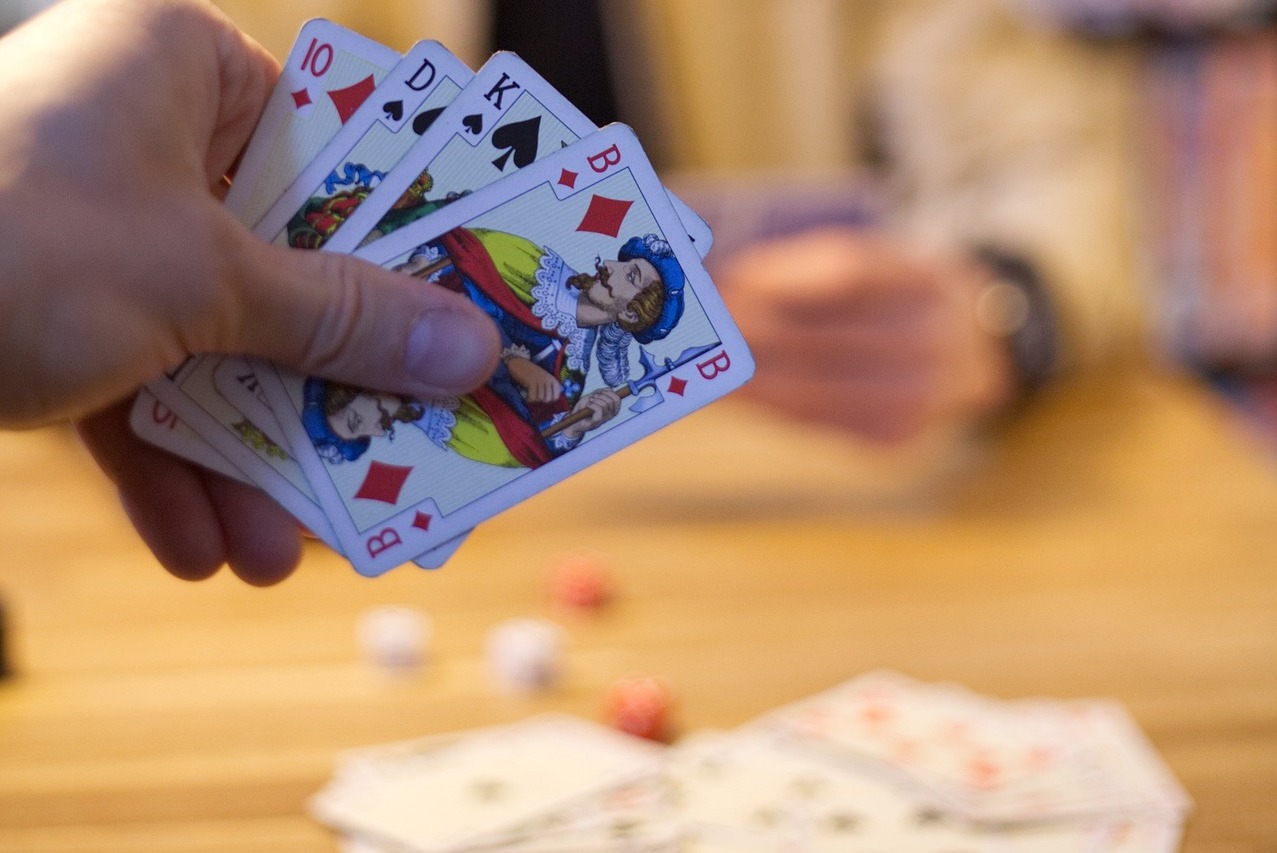Games in Ancient Egypt
Ancient Egypt was known for its love of games, and gambling was no exception. Below are two games that were very popular in ancient Egypt:
Senet
Senet was a board game that involved rolling dice and moving pieces across a board. While it was played for entertainment purposes, it was also believed to have a religious significance, as the movement of the pieces symbolized the journey of the soul through the afterlife. Here is a brief description of the game:
Objective
The objective of the game was to move all of one's pieces off the board before the opponent
Board
The board consisted of 30 squares arranged in three rows of ten
Pieces
Each player had 5-7 game pieces (depending on the version played) that they moved on the board
Movement
Players rolled four-sided knucklebone dice to determine how many squares to move their pieces
Special Squares
The board had special squares that affected gameplay, including squares that sent pieces back or allowed an extra turn
Win Condition
A player wins when all of their pieces have been moved off the board
Mehen
The game was named after the coiled serpent Mehen, associated with the god Ra, who represented protection and rebirth. It was played on a round board that depicted the coiled serpent, with the head in the center and the body divided into rectangular spaces.
The game's rules are not well understood, as no complete set of instructions has survived to the present day. However, it is believed that players moved their pieces along the serpent's body, possibly using dice or throwing sticks to determine the number of spaces to move.
Games in Ancient Rome
Moving on to ancient Rome, gambling was a popular pastime for all classes of society. Some of the most played games of the time included:
Tabula
Tabula is believed to have been played as early as the 1st century BCE and remained popular throughout the Roman Empire, as well as in Byzantine and medieval Europe.
It is a game similar to Backgammon and was played on a board with 24 points, arranged in two rows of 12, with each player having 15 pieces.
The objective of the game was to be the first player to move all of their pieces off the board. Players would roll dice to determine the number of spaces they could move their pieces, and they could also block their opponent's pieces and capture them.
Ludus Duodecim Scriptorum
Ludus Duodecim Scriptorum, also known as "Twelve Lines Game" or simply "Duodecim Scripta," was a board game played in ancient Rome and other parts of the Roman Empire.
The game was played on a board with three rows of twelve points each, each row alternating in colour. Each player had 15 game pieces, which were moved along the points on the board according to the roll of the dice. The goal of the game was to be the first player to move all of their pieces from the starting position to the opposite end of the board.
Ludus Duodecim Scriptorum was a popular game among the educated and wealthy classes in ancient Rome, and it was played for both entertainment and gambling purposes. It was also used as a teaching tool for developing strategy and tactical thinking.
Tesserae
Tesserae was one of the most popular dice games in ancient Rome. The goal of the game was to roll certain combinations of numbers, which would earn the player points. The highest-scoring combination was called "Venus," which was achieved by rolling four sixes. Other high-scoring combinations included "Senio" (four fives) and "Quinio" (four fours).
Evolution of Modern Gambling Games
Over time, the industry has evolved, and modern casino games have emerged. These games are now enjoyed by millions worldwide, with both online and land-based casinos offering a range of games to choose from.
The Rise of Slot Machines
The history of slot machines dates back to the late 19th century. In 1891, a company in Brooklyn, New York, developed a machine using poker cards to create five reels. These reels would spin and stop randomly, and players would be paid based on the poker hand they could create.
In 1895, Charles Fey created a more simplified slot machine version that would become the standard for the industry. His machine had three spinning reels with five symbols: diamonds, spades, hearts, horseshoes, and the Liberty Bell.
Fey's machine was so popular that he could not keep up with the demand, so he began selling the manufacturing and distribution rights to other companies. As a result, slot machines began to appear in saloons, cigar shops, and other establishments across the United States. The first electronic slot machine was introduced in the 1960s, which paved the way for the video slot machines we know today.
The Emergence of Table Games
Table games are not new and have been played for centuries, with some of the most popular games dating back to ancient civilizations such as Rome, Greece, and China. However, the modern era of table games in casinos began in the 18th century in Europe.
Evolution of Popular Table Games
Today, table games remain an essential part of casinos in Las Vegas and around the world. Here are some of them:
Roulette. Roulette was invented in the late 1700s by a French mathematician named Blaise Pascal. The popularity of roulette quickly spread throughout Europe, and by the early 19th century, it had made its way to the United States.
Blackjack. While the origins of blackjack are unclear, it is believed to have been based on a French game called Vingt-et-Un, which means "twenty-one." The game became popular in the United States during the 1800s and remains one of the most popular table games in casinos today.
Baccarat. Baccarat was first played in Italy in the 1400s but became popular in France during the 1800s.
Poker. Poker, also a card game, was first played in the United States in the early 1800s and has since become one of the most popular casino games in the world.
The Age of Online Gaming
In the 1990s, the internet changed how we do everything. The first online casinos were launched in 1994, and they offered a range of casino games that could be played from the comfort of home.
Online casinos quickly became popular, allowing players to enjoy their favourite games without leaving their houses. In the years since, online casinos have continued to evolve, offering better graphics, more games, and bigger jackpots.
Mobile Gambling: The Future
Today, we carry powerful computers in our pockets in the form of smartphones. It's no surprise that the gambling industry has taken advantage of this, offering mobile versions of their games.
Mobile gambling has exploded in popularity, with players able to play their favourite casino games on the go. Whether it's a quick game of online slots during a lunch break or a few hands of blackjack while waiting for a train, mobile gambling has made it easier than ever for players to enjoy their favourite games.
Today, mobile gaming has become a multibillion-dollar industry, with millions of games available for download across various platforms. From casual games to competitive esports, mobile gaming has something for everyone.
The first mobile casino game was created in 2004 by a company called Spin3. The game was a version of the popular casino game, "Tomb Raider."
In 2005, the first mobile casino platform was launched by a company called Probability PLC. The platform allowed players to access a range of casino games on their mobile devices.
In 2007, Apple launched the iPhone, which quickly became one of the most popular smartphones in the world. This led to a surge in the popularity of mobile casino gaming, as players could now access games on a device that was always with them.
Today, dozens of mobile casino apps are available, offering a wide range of games such as slots, blackjack, roulette, and more.
Final Thoughts
Gambling has been an integral part of human history for thousands of years. From the ancient civilizations of Egypt and Rome to the modern-day online casinos, gambling has evolved over time but remains a popular form of entertainment. Whether it's rolling dice, playing cards, or spinning a slot machine, the thrill of the game is universal. So why not give it a try?







